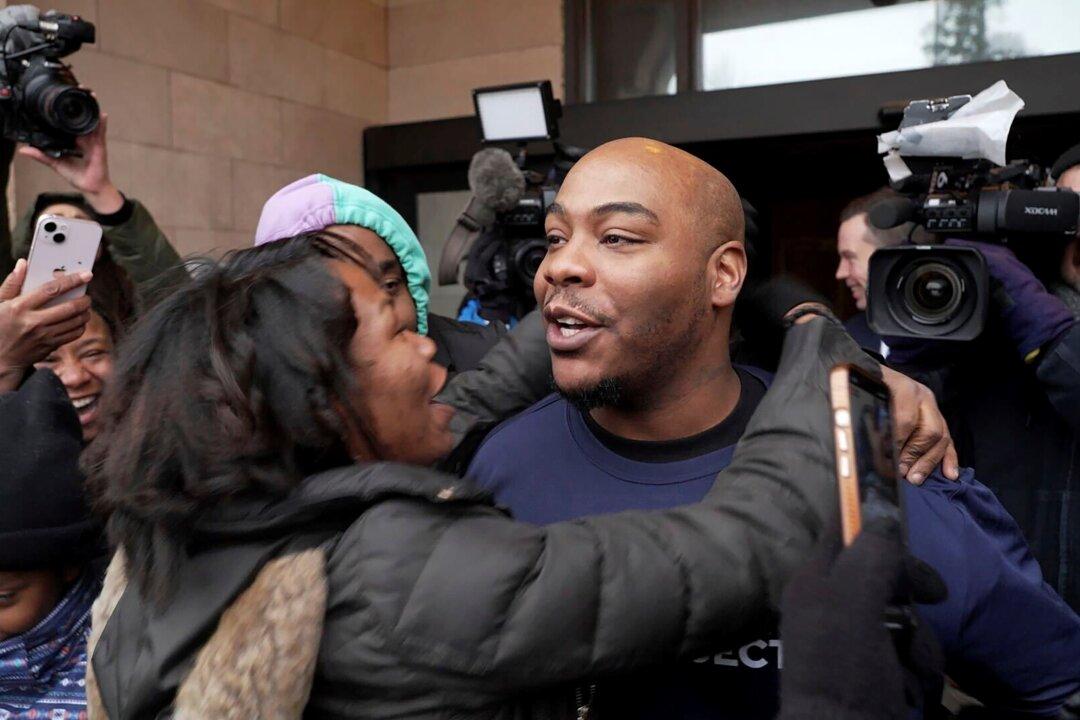BAYPORT, Minn.—A 35-year-old man who was sent to prison as a teenager for the 2004 killing of a man in a Minneapolis flower shop was set free Monday after a judge ruled the eyewitness evidence on which his conviction rested was unreliable.
Marvin Haynes, who was 16 at the time of the killing and had spent most of his life behind bars, was released from prison shortly after the judge’s ruling.





